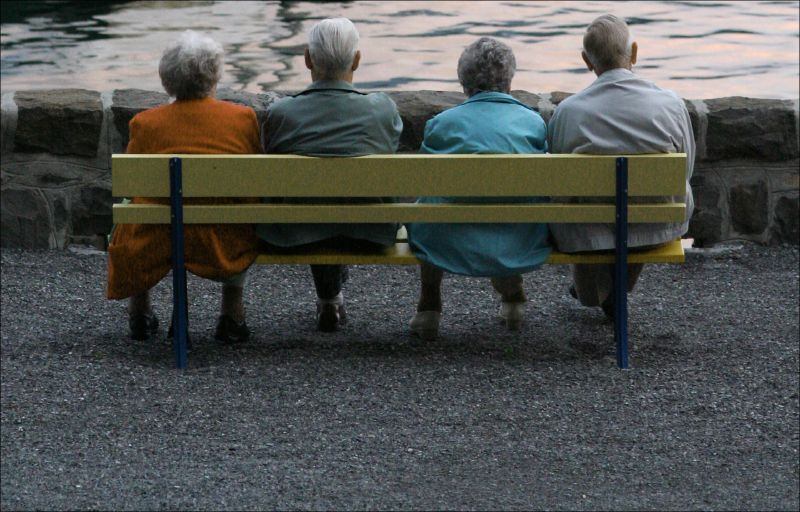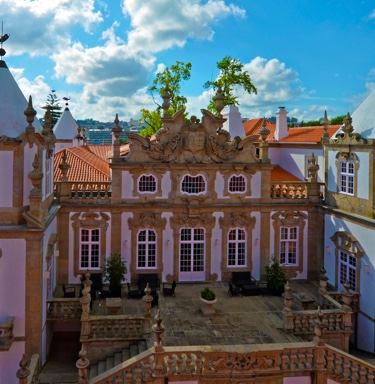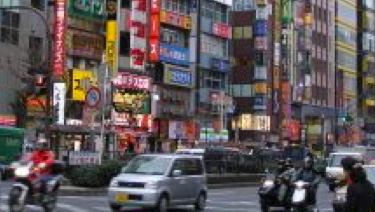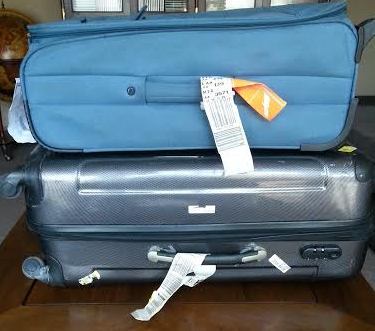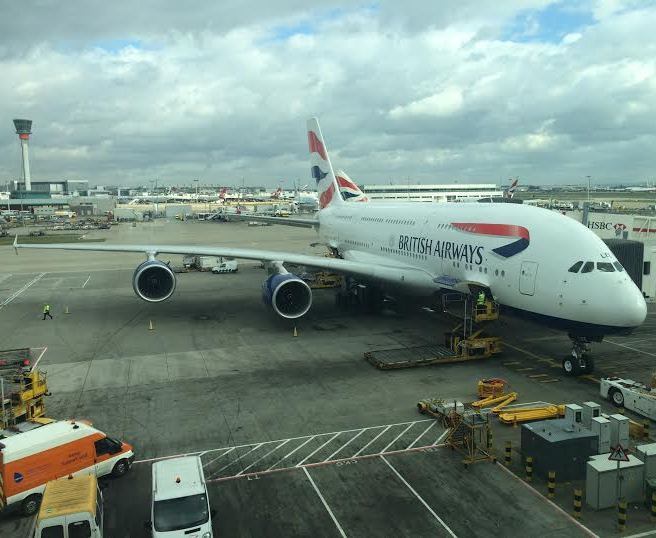Travel and tourism accounts for 10.2 percent of the world’s GDP. That’s the equivalent of 7.6 trillion dollars, and one in every ten jobs on the planet is related to the tourism industry. So it’s easy to understand why every nation wants a piece of the pie—especially when those numbers are expected to continue to grow. But what happens when it becomes too much of a good thing? In this segment from season four of The Travel Detective, Peter Greenberg explores the growing problem of overtourism.
Venice, Italy or serenissima, its nickname and the Byzantine name for serene, is anything but serene. The tourists here far outnumber permanent residents: the city hosts 60,000 visitors each day compared to the 55,000 people who call Venice home. Venetians, who are tired of negotiating crowds just to get to the market, continue to flee. In an effort to strike a balance between commerce and quality of life, the city’s mayor is looking for ways to limit tourists in the city’s most popular areas by installing people counters that monitor traffic, sending out social media messages when an area has reached a saturation point, and updating tourist maps and day passes for public transportation that can take visitors to places away from the city.
Meanwhile, the mayor of Barcelona has started discussions to limit the number of tourists to keep it from becoming, as she calls it, “the next Venice.” It’s estimated that roughly 18 million visitors stay in hotels and holiday apartments in Barcelona each year, and an additional 12 million day-trippers arrive by car, train, or cruise ship. Local residents object to hoards of unruly visitors and large crowds in some of the smaller and quaint neighborhoods. In fact, the growing number of unlicensed tourist rental apartments has made rent unaffordable for some of the people who live there, driving them out of the city. In a move to appease residents, the mayor has proposed tourism caps as well as a plan to ban large groups of visitors to the iconic La Boqueria market at peak times.
Also, Bermuda has taken steps to control the number of tourists that can visit the British Territory, by imposing a strict cap and moratorium on the number of cruise ships that are allowed into the country each day. It’s getting crowded. Last year, Hawaii set a record for the total number of visitors: in Maui alone, there were 2.6 million arrivals and that number keeps growing. Ellie Cochran grew up in Maui, and for the past eight years, she has been on the Maui County Council.
She works to find the balance between the positive economic impacts of tourism as well as the problems it can create. Cochran explains, “I deal with the impact to say, our waste water, our solid waste, recycling issues, trash issues, roadways, and water. These are the kinds of things we’re looking to enhance and improve and expand on in order to offset the impacts of our visitors and ourselves, the residents. But we need to make sure that we’re not overtaxing our water system, our aquifer, our ocean…we’re trying to keep that healthy and thriving, cause it’s a multi-billion dollar industry. And why visitors come to Hawaii is our beautiful white sandy beaches, the tropical fish in the ocean. So many of our lives are impacted positively, to pay our bills, to raise the kids, sent them off to college and buy homes.”
Dick Mayer, retired Maui Community College professor, has called this island home for more than a half-century. He’s witnessed some of the negative impacts that overtourism has created for local residents. He explains the origin of the problems. “Well, certainly, the hotels are all lined up along the beaches, beaches that local residents used to go to, are now, essentially, unavailable, and locals feel very uncomfortable going to them. In some cases, they can’t even go to those beaches, for a variety of reasons. One is that the hotel is in the way and in other cases, there’s no parking for local residents, so they can’t go there. The coral reefs are over-snorkeled. Much of the hotel construction is along the coast line so there’s runoff from the properties, from the golf courses, from the hotel properties, fertilizers, and sunscreen lotions. All that stuff is going into the ocean and killing our reefs.”
Another long-time local resident Beverly Gannon has lived in Maui for 37 years. She’s the Executive Chef and owner of the Hali’imaile General Store. Gannon is concerned about how the growth on the island has affected the people, who have kept her restaurant running since 1988. She explains, “I depend on growth. And I depend on people coming here and tourism. But what we want is more of a real…the correct kind of growth.” She sees this growth in building of a lot of employee housing, so that people who come here have an affordable place to rent. “You know, I don’t want to forget about the people who work for me, whose whole families have lived on Maui forever and whose kids grow up here. A lot of the kids today… they’re not here. They can’t afford to be here and it’s really sad,” says Gannon.
Albert Perez is the director of the Maui Tomorrow Foundation—an environmental advocacy organization dedicated to protecting Maui’s future. He agrees that the island has reached a critical juncture in controlling growth and overtourism. “At this point, I think it’s getting to the point, at least in West Maui, where the impacts to the resources are becoming so obvious, the traffic is becoming so obvious, that even the hotel operators are starting to say ‘well, enough is enough.’ So I’m hopeful that there can be a renewed focus on quality—maybe not a cap on visitor numbers, but how about we just stop building new hotels?” Perez says. He gives an example of overtourism in Hawaii by recalling how in the 1990s he was sometimes the only one watching the sunrise in Haleakala National Park, but last year there were 1,100 people showing up every morning. As a result, the authorities decided that the park had exceeded its capacity. So now tourists and locals have to make a reservation to watch the sunrise, which is limited to 600 people a day.
Perez believes that if nothing is done and the current rate of growth continues, the consequences might be detrimental. “I think then we’re going to destroy our reefs. We’ve already lost 50 percent of reef cover off West Maui because of our injection wells, and because the effluent is migrating to the ocean. I think what’ll happen is that we’ll have a different kind of tourist come here who really doesn’t care about the actual resources because they won’t be here anymore,” Perez explains.
But he is also optimistic that if further growth on Maui is handled responsibly and with a well thought-out plan for the future, that it’s still not too late. Perez adds, “My motto is, ‘Maui still has a chance.'”
To see more segments from season four of The Travel Detective, check out:
- Unique & Immersive Cruise Ship Shore Excursions
- York County, Pennsylvania Like A Local
- Hidden Gems of Sydney, Australia
By the Peter Greenberg Worldwide team for PeterGreenberg.com





